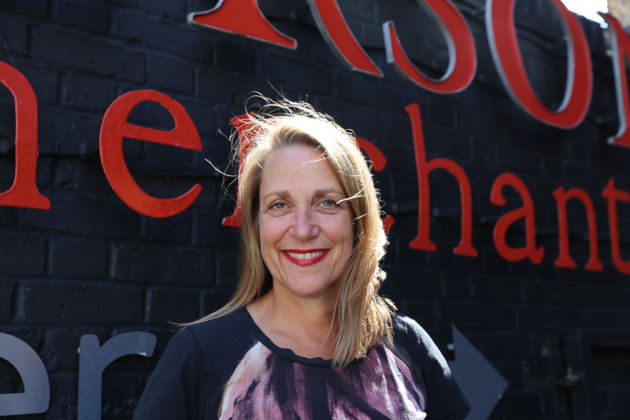
Looking ahead: Talya Roberson, MD, Roberson Wine
As the first half of 2019 draws to a close, Harpers asked key trade figures to highlight the current challenges, ongoing trends and opportunities
We continue our series with insights from Talya Roberson, managing director, Roberson Wine
How has the first half of 2019 been when compared to the same period in 2018?
It’s been faster, more dynamic and more exciting. It’s dawning on the industry that we need to do things differently to stay relevant. This is good news for us as we pride ourselves on being flexible and responsive to our customers’ changing needs.
What were the highs and lows for your own business in the first six months of 2019?
Let’s not focus on the lows. Being in the Harper’s Top Ten Wholesaler list is our proudest moment of the year. Legit. This is seriously superb feedback from our customers – thank you!
What, currently, are the biggest challenges for the trade?
The pound has tanked. That doesn’t help. But we’ve been in this business for over 50 years and we know from experience that currency fluctuations are not insurmountable.
Will you be preparing in any way for a second potential ‘no deal’ or some deal Brexit day on 31 October and, if so, how?
We’ve had plans in place for the last year and we can adapt these to the latest conditions. Actually, Brexit has given us the impetus to put our operations at the heart of the business. It’s forcing us to be leaner and more efficient.
Taking current trading conditions into account, what’s your strategy for meeting those challenges during the second half of the year, leading up to the crucial Christmas trading period?
Christmas 2019 is all about good value classics and a customer first approach. For the trade specifically, we have revamped our fine wine offering to reflect the new market price point and demand for interesting, irresistible parcels.
What will the focus be on with regard to your portfolio (and any updates) and why?
Currency proof wines from conscientious, co-operative producers who care about sustainability and understand what it takes to flourish in the UK market.
For you, what are the most significant emerging trends in the drinks world?
At the beginning of the year we predicted demand for low ABV drinks, rosé-derived products, English still wine and the rise of California Wines in the fine wine market. Were we right? Yes and no. There has been demand in all these categories, but not necessarily at the volumes we predicted. Our biggest growth this year has been in Californian wine to the multiples and in village wines to the on-trade.
What innovations in the drinks world do you believe will have the most impact going forward?
Reducing the carbon footprint of the wine industry has to be a focus: packaging and shipping is key to that. We should be constantly questioning what we do. What’s the best way to get the wine from the producer to our warehouse or from us to our clients? And how can we think outside the bottle: cans, pouches, wine on tap have the potential to grow and grow.
What, for you, would make for a perfect summer?
A stronger pound. Failing that: standing up on a surf board for more than three seconds (especially when it’s on the water).
Keywords:
- Insights
- roberson
- MD
- trends
- series
- highlight
- ongoing
- challenges
- ongoing trends
- current challenges
- trade figures
- opportunitieswe
- key trade figures
- challenges ongoing trends
- current challenges ongoing
- figures
- current
- key trade
- harpers asked key
- asked key trade
- asked key




